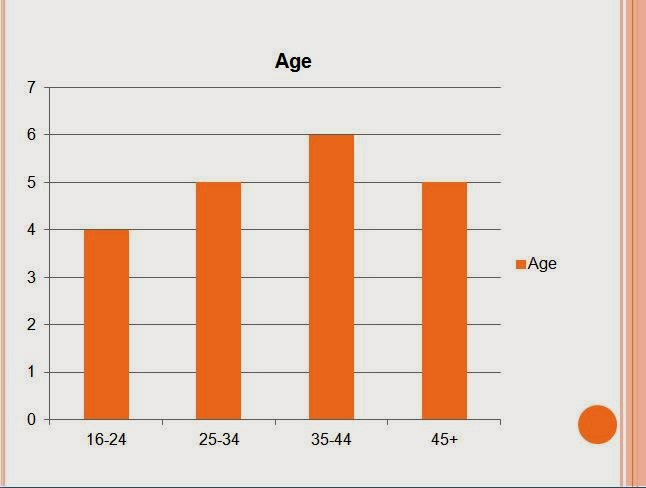Audience Theory Overview
Audience Theory In Relation To My Coursework
Audience
theories concern how the audience perceives media and how the views and
opinions of the viewers are influenced. There are multiple theories that
address the audience’s role in communication and interpreting different forms
of media. It’s essential for a media product such as the one I’m producing (a
local newspaper) to appeal to the target audience because if this is not
achieved the venture is doomed to fail, it will not be viewed, be perceived in a
positive light, make money and be a success. I found during research that the
audience for local newspapers was on the whole extremely broad with individuals
of all ages from 16 to the elderly saying that they read local newspapers. The
30 plus range are however the main target age range for my production, with a
high percentage of younger readers claiming that the stories featured were too
mundane and not interesting enough to appeal to them. To determine what the
likely Audience of my product was I used electronic web based survey software called
survey monkey. The survey was in electronic format that could be sent via email
or shared through embedment, it asks a range of questions that gave me a
greater understanding of who my audience are and what they look for.
I found that a majority of my audience
read their local newspaper in order to read positive stories about their local
community and learn of any great community spirited events that have occurred.
I believe this is because it makes them feel better about the area in which
they live and makes them feel as though they are a part of a great respectful
community. There is a lot of incredibly upsetting news out there in the world
and in this day and age it’s very hard to escape that, but for my reader to
feel as though the dark side of life is distant and far from their local area
paints for them a better, rosier view of their world and makes them feel safer
and more comfortable. Blumber and Katz proposed a media theory that states that
audiences want media products that gratify particular needs, these include,
Surveillance, Diversion, Personal identity and Personal relationships. I
believe that my audience actively seeks Diversion; this is an escape from
everyday problems that exist outside and within communities. I know from
research my audience would strive to escape and hide in denial from any bad
events in the local community and would like to hear only positive stories
about where they live to escape the reality that some bad events occur. I featured as my headline, an article about a large
group of individuals in the local community rallying together to help stop the
closing down of a post office. This story is very positive and features only
information that reflects positively on the community, I intentionally included
this story in order to comply with the guide lines set by Blumber and Katz.
Placing stories such as this in my production ensures reader’s needs are satisfied;
they read the positive stories, feel good and escape the reality of the darker
side of the local community.
Media
is present on a mass scale in this day and age, and what is present in media is
often interpreted as the solid truth. This means that media institutions both
global and local hold great power over their audience and have a great deal of
responsibility to act in a correct responsible manner. Before embarking on
producing my media product I talked to some local residents in order to gain an
increased understanding on what their opinion was on the subject of
responsible, truthful journalism. The general view was that they would prefer
to have news presented as it is without the media institution putting negative
spins on it or over exaggerating positive stories. Katz and Lazarsfeld proposed
the two step flow theory, it suggests that media messages flow in two steps
first to the opinion leaders (media institutions), who then pass on their own
interpretation of media along to the rest of the audience. So meaning is
filtered by the opinion leaders. To comply with my research and provide my
audience with a product that they want, I did my best to act as an appropriate
and truthful opinion leader. I featured a story about two local men purchasing
a plot of government land for the community. When reporting on this I stuck to
my values and reported the uncontaminated facts. These were for example
information such as the cost of the land; information on the struggles faced by
the two men and I also provided information on the plans to build allotments. I
believe that I was effective in representing the individuals and the government
fairly and appealed to what my audience was looking for as I featured quotes
from each side of the struggle and presented my audience with appropriately
filtered news without spinning the story to negatively represent one side.
I
feel that my target to comply with what my audience wanted and give my audience
a production that holds great value was achieved. The stories featured in my
local paper were positive, accurate and fair, all aspects of what my audience
wanted. My production offers a solution to the issues that my audience had with
media institutions. Richard Dyer teaches that audiences want media products
that offer them utopian solutions to their problems and I feel as though this
was achieved in my production by adopting the correct principles.


























_logo.png)



























